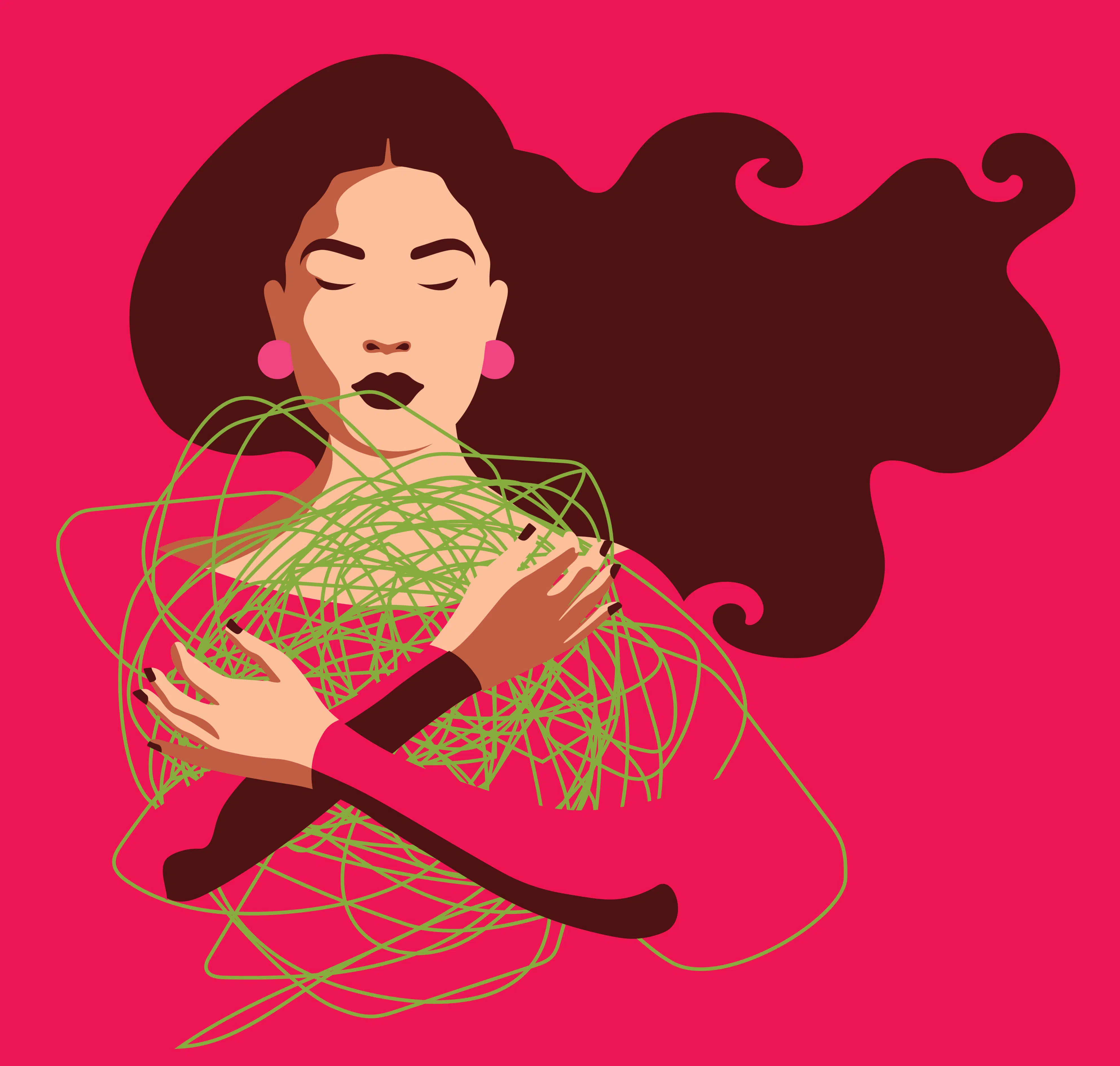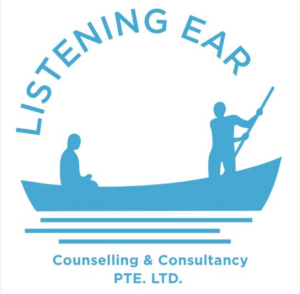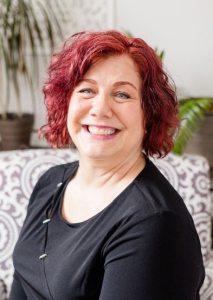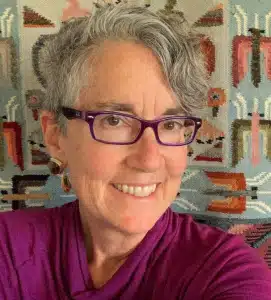The LGBTQ+ community has been left out of the domestic violence awareness, the movement mainly focuses on heterosexual relationships. However, research shows that LGBTQ+ community members are victims of domestic violence at equal or higher rates than the heterosexual community.
The following are quick statistics about the LGBTQ+ community and domestic violence:
- About 61.1% of bisexual women and 43.8% of lesbians have experienced physical violence, rape, or even being stalked by their intimate partners at some point, compared to 35% of heterosexual women.
- For men, 37.3% of bisexual men and 26% of gays have experienced physical violence, rape, or have ever been stalked by their partners at some point in their life, as opposed to 29% of heterosexual men.
- 46% of bisexual women have been victims of rape compared to 13% of lesbians and 17% of heterosexual women.
- Approximately 1 in 5 bisexual women have been raped by their intimate partners, compared to nearly 1 in 10 heterosexual women.
- In a gay relationship study, only 26% of men called for help from the police after being violated by their partners.
- Another 2012 study shows, fewer than 5% of LGBTQ+ survivors of domestic violence reached out for protection orders.
- A certain review showed about 30% to 50% of transgender victims face intimate partner violence, compared to 28% to 33% of those identified as straight.
- LGBTQ+ victims who are black are more likely to face physical violence and rape compared to their white counterparts.
- Bisexual victims experience more sexual violence, compared to those identified as straight.
- LGBTQ+ white victims are more likely to face sexual violence, compared to their heterosexual white counterparts.
- LGBTQ+ victims on public assistance face more intimate partner violence, compared to those who are not on public assistance.
According to the statistics above, it’s clear that the LGBTQ+ community experiences higher rates of domestic violence, compared to the general public.
Types of Domestic Violence Affecting LGBTQ+ Community
Physical Violence
This is when a person hurts or attempts to hurt a partner by kicking, hitting, burning, punching, biting, or using any physical force or weapons. The aim of physical violence is not only to inflict pain but also to limit the other’s self-determination.
According to research, about 20% of victims experience physical violence. But the numbers are thought to be high as many LGBT’s are afraid of seeking help because of their sexual orientation and fear of stigma.
Related: Reducing Stigma Toward the Transgender Community
Verbal Violence and Hate Speech
Many people believe that words are harmless, and tradition teaches us to ignore verbal attacks. But, when the attacks are regular, systematic, and they purposely target someone, then that’s considered verbal abuse.
Verbal violence includes; putdowns (in private or public), ridiculing, use of swear words that are uncomfortable to the other partner, threats, saying bad things about the other partner.
Verbal violence can be classified as hate speech. It can take different forms; words, memes, videos, or pictures posted on social media, it may carry violent or threatening messages. Research says that about 16% of LGBTs face this type of violence
Psychological Violence
Almost all forms of violence have a psychological aspect. But, there are forms of violence that occur and can only be classified as psychological violence. This includes confinement or isolation, misinformation, withholding information, and threatening behavior.
In private, psychological violence includes threats that don’t have any physical or verbal violence. For instance, actions referring to a former act of violence.
Socio-Economic Violence
This is a type of violence committed by a partner who is economically advantaged over the other. This type of violence makes the victim vulnerable to other forms of violence. Sometimes it’s the reason behind violence forms.
Forms of socio-economic violence include; holding the victim’s earnings, giving them housewife status, making them unfit for work through physical abuse, making victims work in a family business without pay. These forms of socio-economic violence make the victim be financially independent on their partner
Sexual Violence
This is any sexual attempt or acts to have a sexual act or unwanted sexual comments that are directed to one partner by the other.
Sexual violence includes; marital rape or attempted rape, forced unsafe sex, sexual harassment, and abuse related to reproduction (e.g. forced abortion, forced pregnancy, or forced sterilization).
Most sexual violence affects victim’s personal limits and mostly occurs in private. Research says that 4% of LGBTQ+ survivors reported having been sexually harassed.
Barriers to Receiving Assistance
Victims of LGBTQ+ domestic violence are mostly unable to get help, due to the barriers below.
- Service providers lack appropriate training concerning LGBTQ+ domestic violence.
- Social and traditional beliefs that domestic violence occurs in heterosexual relationships only. Believing it doesn’t happen in LGBTQ+ relationships.
- Potential homophobia or discrimination from service providers, or from heterosexual domestic violence victims they may get into contact with.
- The fear of coming out and risking rejection from friends, family, and society.
- The lack of, or being unaware of LGBTQ+ friendly resources available.
- Low levels of morale in the effectiveness of the legal system for LGBTQ+ individuals.
- Domestic violence shelters are routinely female only, and transgender individuals may be denied entrance due to their gender, genital, or legal status.
Effects of Domestic Violence
Repeated violence brings severe consequences compared to one-time incidents.
Effects of Domestic Violence on the Victim
Domestic violence can lead to:
- Illness, injury, disability, or death.
- Psychological and emotional trauma.
- Homelessness.
- Drug abuse to deal with stress and pain.
- Physical health problems and injuries, which may lack treatment.
Effects of Domestic Violence on Family
- Frequent household conflict.
- Police involvement or child protection.
- Fear in homes because of threats. This can lead to family breakups.
- Moving frequently to avoid the abuser.
Effects of Domestic Violence on Children
Domestic violence affects children both physically and emotionally. This is through:
- Anxiety and depression.
- Eating and sleeping disorders.
- Self-harm.
- Low-self esteem.
- Physical illnesses such as headaches and stomach aches.
- Aggression towards friends and schoolmates.
- Trouble forming positive relationships.
- Find it hard solving problems
- Difficulty concentrating.
- Less empathy and caring for others.
Young people need to grow in a nurturing and secure environment where there is no domestic violence.















